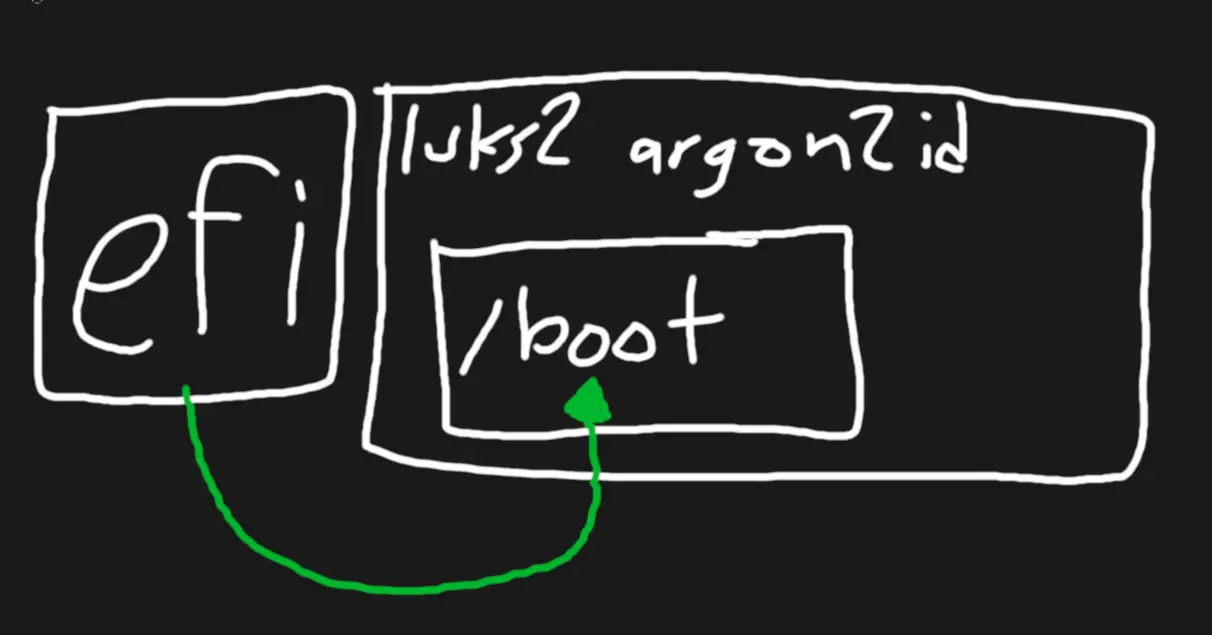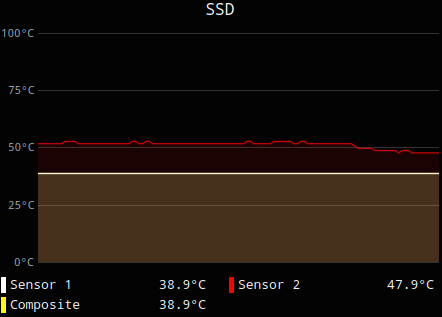Linux
5315 readers
216 users here now
A community for everything relating to the linux operating system
Also check out [email protected]
Original icon base courtesy of [email protected] and The GIMP
founded 1 year ago
MODERATORS
1
2
3
4
732
A petition has been created by an Austrian EU rep. to replace Windows with GNU/Linux in all Europe
(www.europarl.europa.eu)
5
6
7
8
9
10
11
12
13
14
15
58
16
17
18
19
20
21
22
23
24
58
Fedora KDE gets approval to be upgraded to sit alongside Fedora Workstation
(www.gamingonlinux.com)
25
view more: next ›


